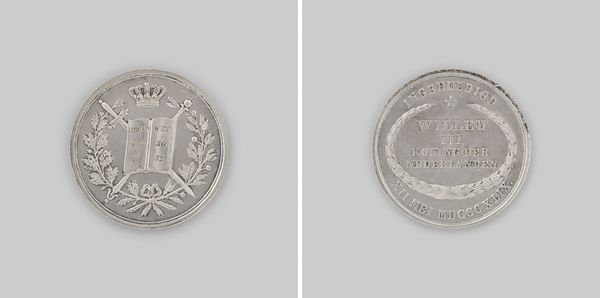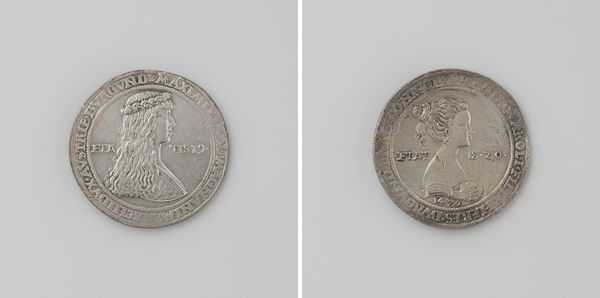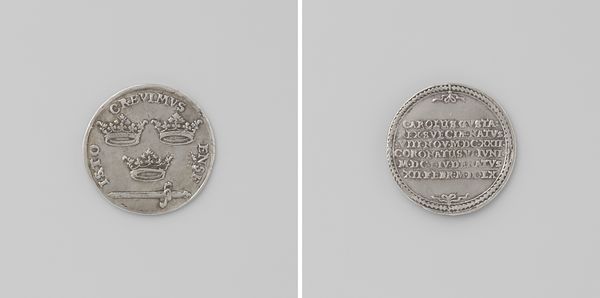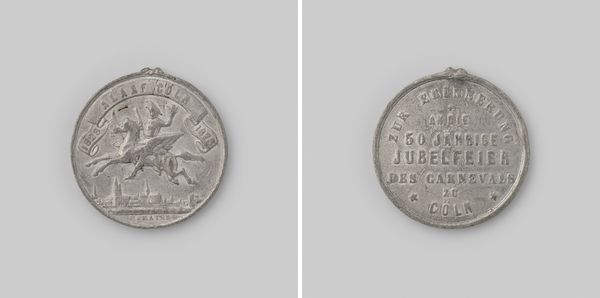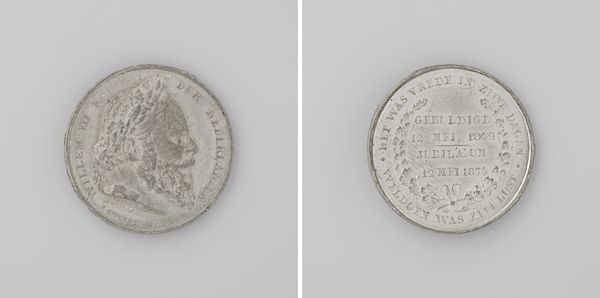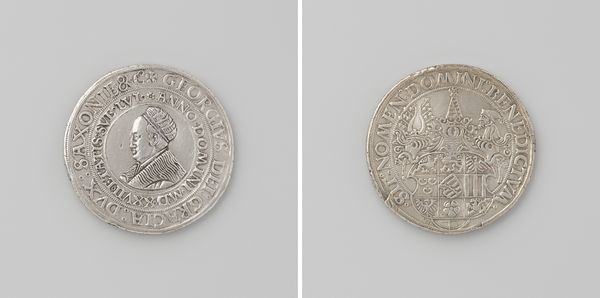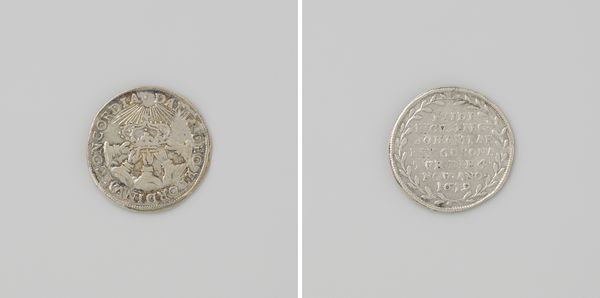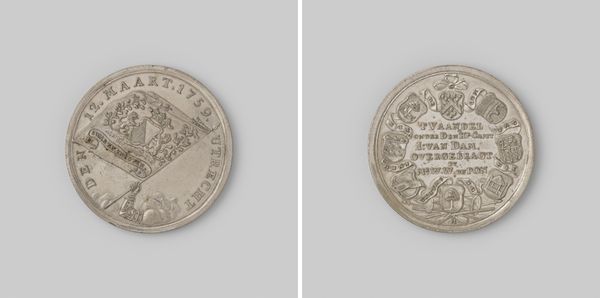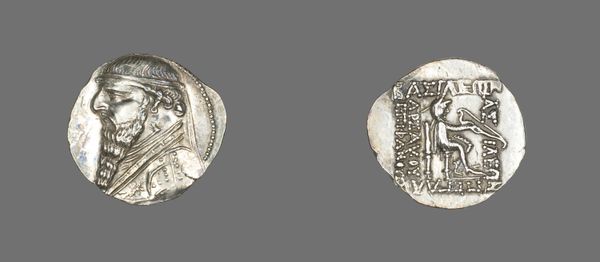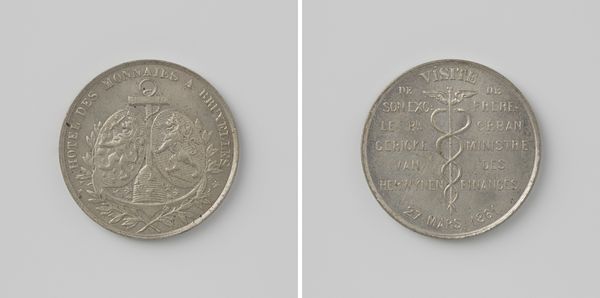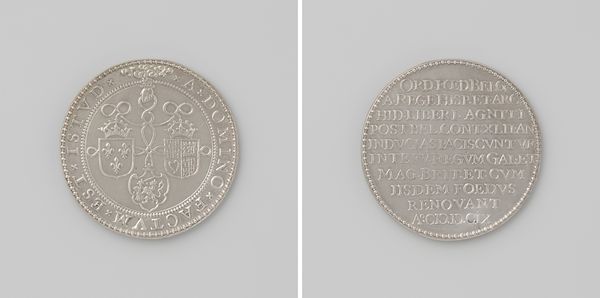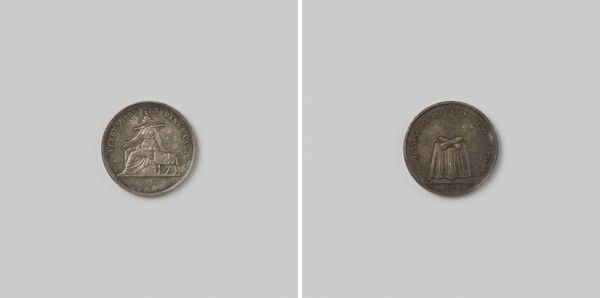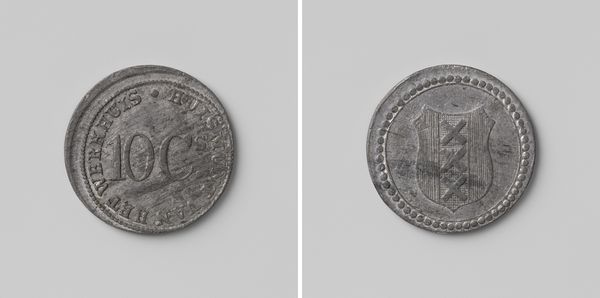
silver, print, engraving
#
silver
# print
#
decorative-art
#
coin
#
engraving
Dimensions: Each diam.: 2.3 cm (7/8 in.); 4.6 g
Copyright: Public Domain
Editor: We’re looking at a pair of Pine Tree Shillings, dating back to between 1663 and 1682. These small silver coins, now residing at the Art Institute of Chicago, were crafted by John Hull using engraving. Their modest scale belies their historical significance, but they've got an almost mystical, weathered charm, don't they? What catches your eye about these pieces? Curator: Ah, these little portals back to colonial Massachusetts! You know, gazing at them, I’m transported. Imagine the weight of one of these in your palm – the promise of trade, the struggle for self-governance etched onto its very surface. That chunky tree… does it strike you as endearingly awkward? Editor: Awkward? Maybe a little… endearingly so, I suppose. Curator: Exactly! It wasn't about botanical accuracy; it was a symbol, a bold declaration of New England’s identity, distinct from the mother country. A visual rebellion pressed into silver. Now, why do you think they chose a pine tree? Editor: Hmm… maybe because pines were plentiful in the region? Practical *and* symbolic? Curator: A budding art historian! Precisely. And consider the silver itself – sourced, in part, from trade with the West Indies. Each coin whispers of complex economic networks, of nascent capitalism blossoming in the New World. A tiny treasure map of early America, wouldn’t you say? Editor: That really changes how I see them. What seemed simple is actually incredibly rich and layered. It makes me wonder what objects today will tell similar stories centuries from now. Curator: A sobering and fascinating thought! These shillings remind us that even the smallest objects can hold immense historical and cultural weight. It's all about learning to read their silent narratives.
Comments
No comments
Be the first to comment and join the conversation on the ultimate creative platform.
